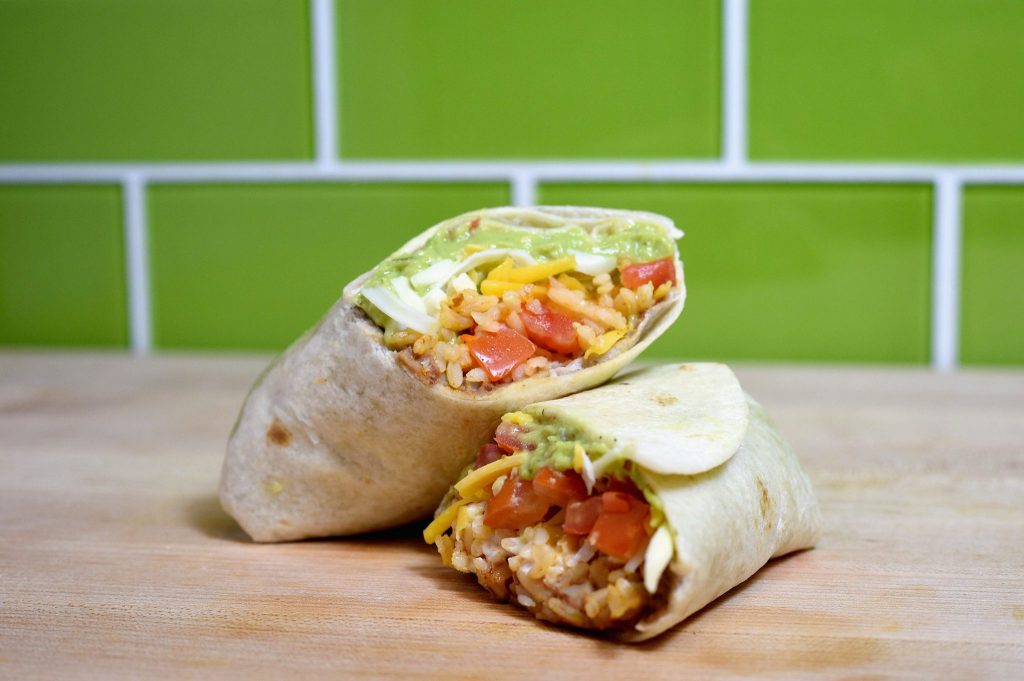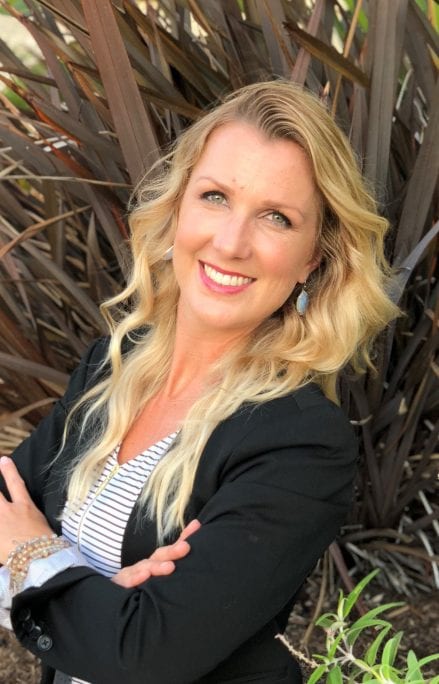This Dietician Wanted to Make Taco Bell Healthier: She Got the Job

Skift Take
Missy Schaaphok is used to people doing a double-take when they hear what she does for a living. “I love telling people that I am a dietician, and then I pause,” Schaaphok said. “Then I tell them I work for Taco Bell, just to see what kind of reaction they give. It’s pretty hilarious.”
Schaaphok joined Taco Bell in 2011 as part of the general product development team, but quickly realized that her past credentials as a dietician could be put to good use at the company. She made the case to her bosses about forming a new role overseeing food nutrition, and, in 2012, she became Taco Bell’s first-ever in house dietician.
“I had no idea what that meant or what I was asking for, but I am so happy that I did it,” Schaaphok said. “It’s been a very humbling experience.”
She now manages the group of three people that make up the Global Nutrition and Sustainability department at Taco Bell. The team sits alongside both the food safety and product development staff, all working under the larger umbrella of food innovation, which houses about 60 people.
Her job description includes everything from measuring the nutritional value of Nacho Fries and Double Cheesy Gordita Crunches to working on her own new menu additions. One of Schaaphok’s proudest menu developments was a hearty meal of rice and beans paired with grilled chicken or steak and topped off with lettuce, pico de gallo, and guacamole.
It was the first time that menu innovation at Taco Bell had been driven first by nutritional parameters. The rules were set from the get-go: the creation had to be under 510 calories and include at least 20 grams of lean protein. The bowl has since become an unexpected hit, earning the right to stay on the menu for several years.
“People say that we only have indulgent food,” Schaaphok said. “But we actually have food for everybody and for all lifestyles, whether you want higher protein or something that is lower calories and lower fat.”
When Taco Bell dedicated-vegetarian-menu-later-this-year sweeping sustainability and health reform, like reducing the amount of sodium in its food by 25 percent by 2025, Schaaphok is the person in charge of making that happen. She’s already successfully removed all artificial colors and flavors and high fructose corn syrup from every ingredient at Taco Bell — moves that she refers to as “stealth health” upgrades. The surest sign of her success in these initiatives was that customers couldn’t tell the difference in the taste of the food after she had worked her magic on it.
“When people ask what I do, not to bore them, I just simply say that I make tacos and burritos a little bit better for you,” Schaaphok said.
Up next, Schaaphok is helping to develop Taco Bell’s first in-store, dedicated vegetarian menu that will start rolling out in a test market later this year. The company has had a digital vegetarian menu since 2015 (certified by the American Vegetarian Association) but this will be the first time that the menu will be introduced on in-store and drive thru signage.
Taco Bell already stocks 38 vegan and vegetarian ingredients in its restaurants, so much of the dedicated in-store menu will be highlighting meals that can be made with what’s already available, although Schaaphok noted that there are some new items that her team is working on that could potentially make it onto the vegetarian menu for its launch.
The launch of the in-store vegetarian menu comes at a time when plenty of fast-food chains are investing more resources in vegan menu additions, from Carl’s Jr.’s plant-based Beyond Meat to White Castle’s partnership with Impossible Foods.
“This trend towards eating more plants or plant-forward eating, I don’t think it’s going to go away,” Schaaphok said. “I’ve been hearing about it for a number of years but I think it’s now starting to reach ubiquity in the fast-food space, which is pretty exciting.”





